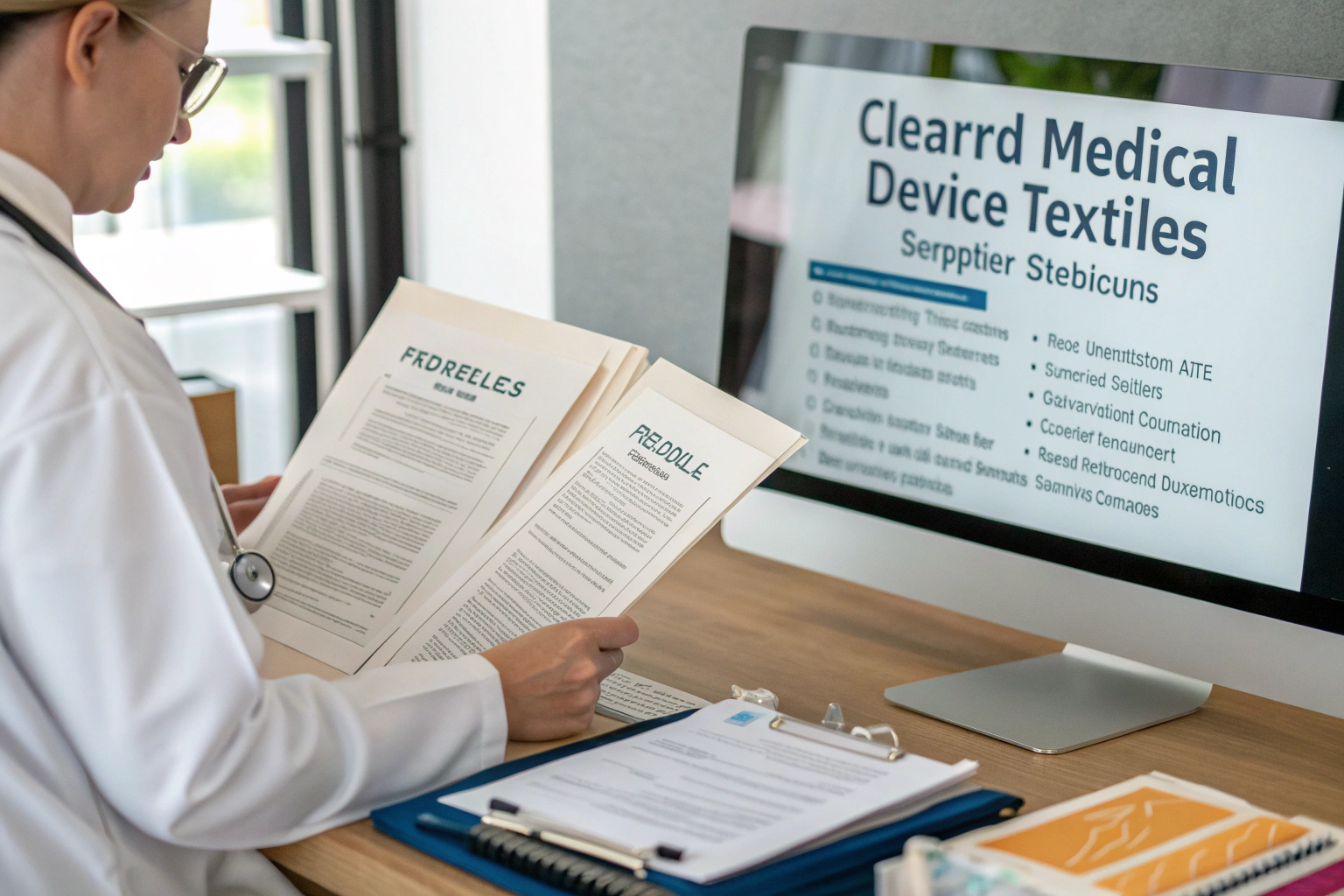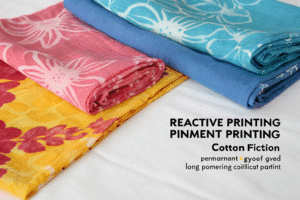When sourcing medical-grade textiles, especially for devices that require FDA 510(k) clearance, buyers often face uncertainty. You might be worried about compliance, supplier credibility, or hidden risks in the approval process. These challenges can feel overwhelming if you are navigating this industry for the first time.
The good news is that sourcing FDA 510(k) cleared medical device textiles is possible if you understand the regulatory pathway, compliance requirements, and supplier strategies. With the right knowledge, you can ensure safety, compliance, and efficiency in your supply chain.
The following sections will break down exactly how to find trusted suppliers, verify clearance, and build strong sourcing practices.
What Does FDA 510(k) Clearance Mean?
Sourcing textiles for medical use can feel complicated if you are unsure of the regulations. Many companies waste time by confusing FDA "registration" with true clearance.
FDA 510(k) clearance is a premarket submission that proves a medical device is substantially equivalent to one already legally on the market. This means the textile or device meets safety and performance standards required for medical use.
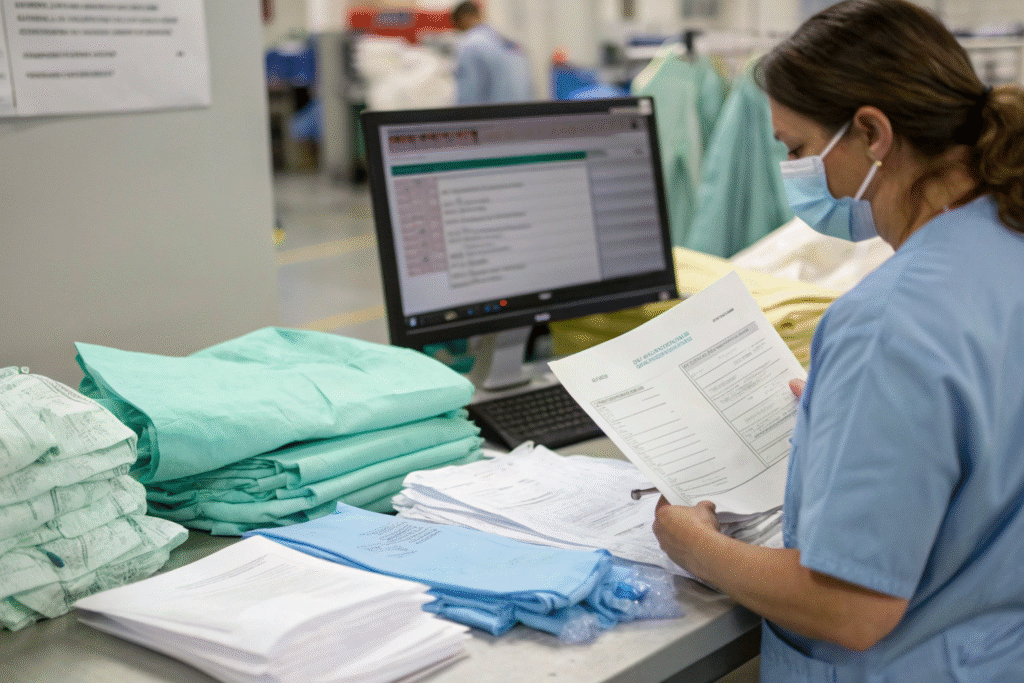
How do suppliers obtain clearance?
Suppliers must file a 510(k) submission showing that their fabric or product has comparable safety and effectiveness to an already approved device. This is different from just being "FDA registered," which only means the company exists in FDA’s database.
Why does this matter for buyers?
If you import or resell medical textiles in the U.S., you need assurance that your supplier’s fabric is legally cleared. Otherwise, you risk customs seizure, regulatory penalties, or product recalls. Reliable clearance protects your business reputation and guarantees patient safety.
How to Verify if a Textile Has FDA 510(k) Clearance?
One of the biggest pain points buyers face is knowing whether a supplier’s claim is genuine. Not every company that says "FDA approved" actually holds a valid clearance.
The easiest way to verify is by searching the FDA 510(k) database on their official website. This tool allows you to confirm if a supplier’s product is truly cleared and under which classification.
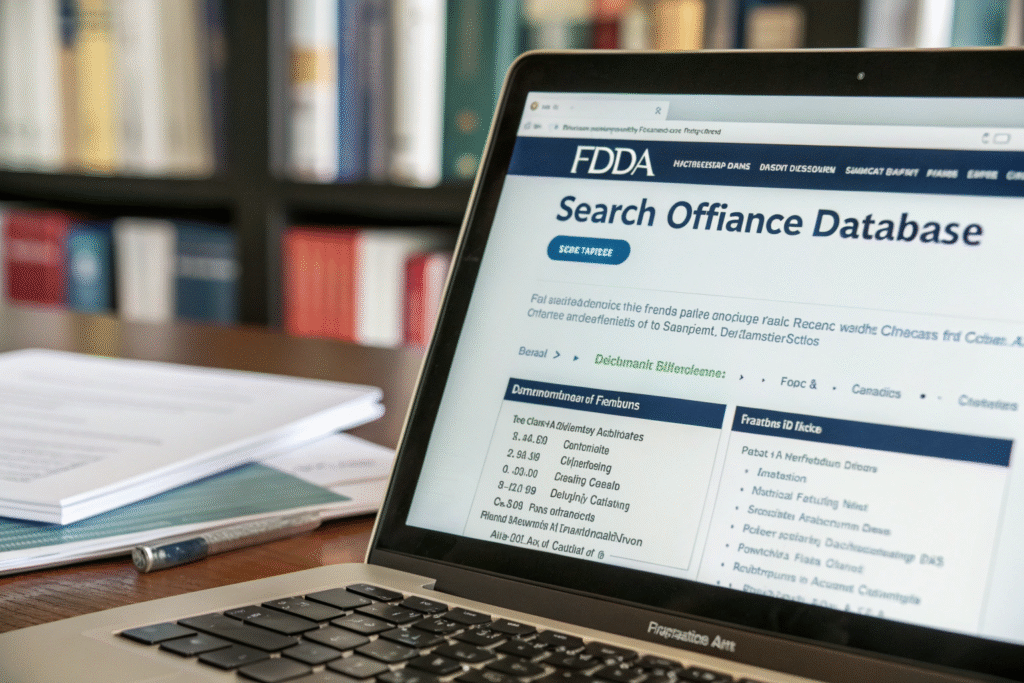
Can I search by product or company?
Yes. You can use the FDA 510(k) Premarket Notification Database to look up clearance numbers, company names, or product categories.
What if I cannot find the textile listed?
If the product or company does not appear in the database, it may only be FDA registered—not cleared. Always request the official 510(k) number and compare it to the FDA listing. If the supplier cannot provide documentation, consider this a red flag.
Which Suppliers Can Provide FDA 510(k) Cleared Textiles?
Finding suppliers who truly meet FDA standards is critical. Many buyers struggle because the industry has a mix of compliant manufacturers and misleading middlemen.
The most reliable suppliers are those with a direct history of FDA submissions and active clearance numbers. They typically specialize in medical textiles like antimicrobial fabrics, wound dressings, or surgical drapes.
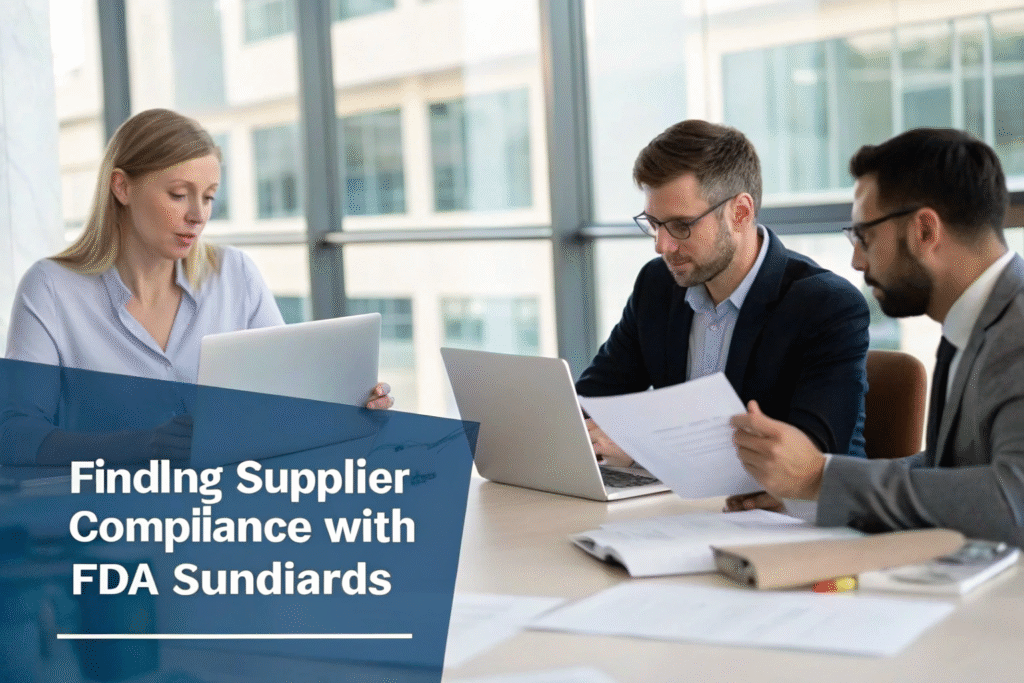
Where can I meet these suppliers?
- Medica Trade Fair in Germany
- MD&M West in California
- CMEF in China
These shows are proven venues where suppliers showcase compliance documents and allow buyers to audit production quality.
Should I only use U.S. suppliers?
Not necessarily. Many FDA-cleared textiles are produced in Asia or Europe, but with valid clearance. The key is documentation and transparency, not location.
What Are the Key Sourcing Considerations for Buyers?
Even after identifying suppliers, buyers need to carefully assess risks. Sourcing medical device textiles is different from standard apparel or industrial fabrics.
The most important considerations are compliance, quality, logistics, and cost. Without balancing these, buyers may face delays or regulatory issues.
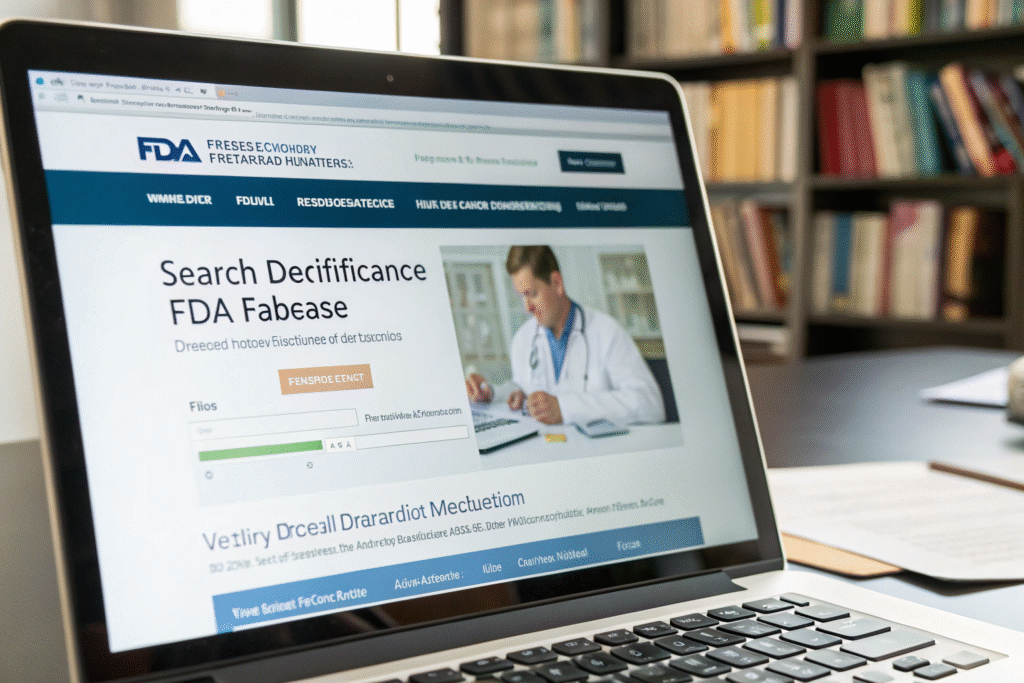
How do I ensure compliance during sourcing?
- Request test reports from labs such as SGS or Intertek.
- Verify supplier’s quality control system (ISO 13485 is standard for medical devices).
- Ask for supply chain transparency regarding weaving, coating, and sterilization.
What about tariffs and shipping to the U.S.?
Working with logistics partners familiar with medical imports is essential. Many buyers choose customs brokers who specialize in healthcare goods to avoid delays at U.S. ports. This ensures smoother clearance and prevents unexpected costs.
Conclusion
Sourcing FDA 510(k) cleared medical device textiles is not just about finding a low-cost supplier. It requires a clear understanding of regulatory pathways, trusted verification through the FDA database, and strong partnerships with compliant manufacturers.
If you want to simplify this process and secure high-quality textiles that meet U.S. regulatory standards, we at Shanghai Fumao can help. Our team has decades of experience in textile production and compliance, and we support clients with everything from lab testing to logistics.
To discuss your sourcing needs or place a custom medical textile order, reach out directly to our Business Director Elaine at elaine@fumaoclothing.com. We are here to ensure your supply chain stays compliant, reliable, and profitable.

